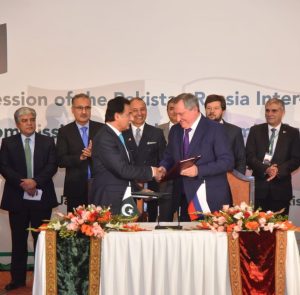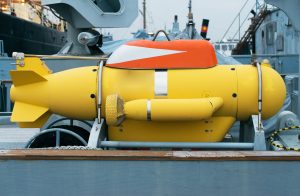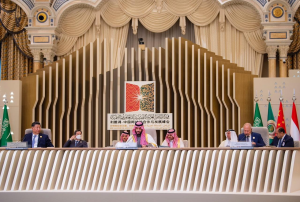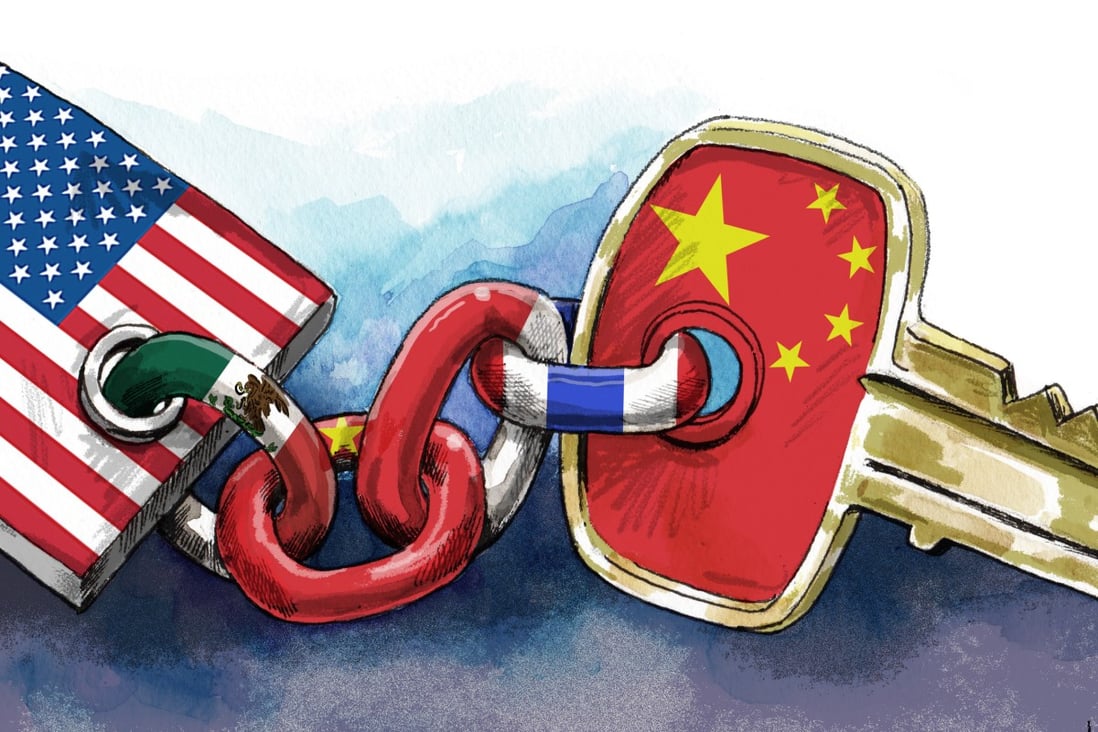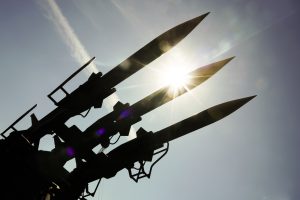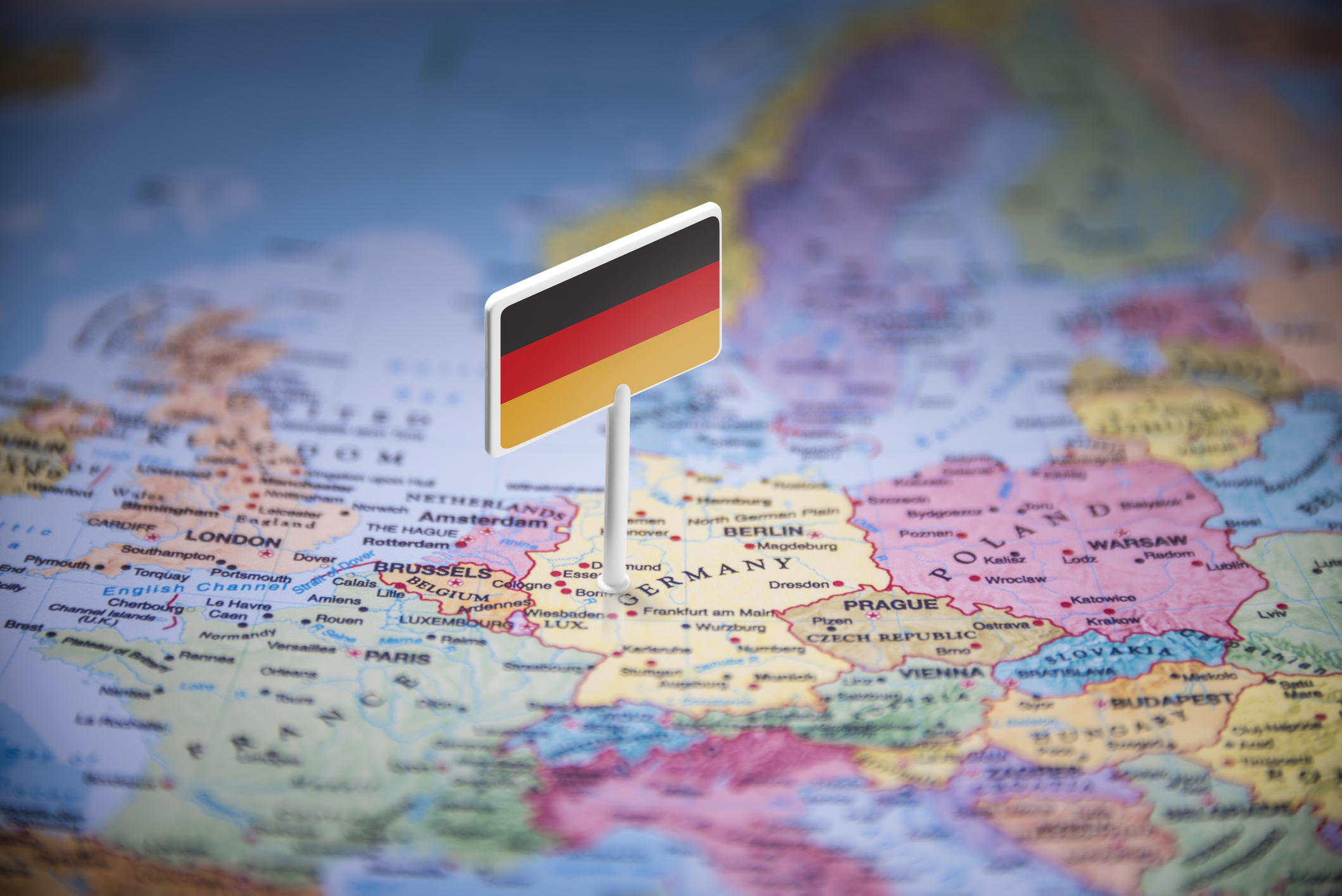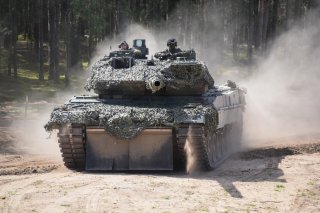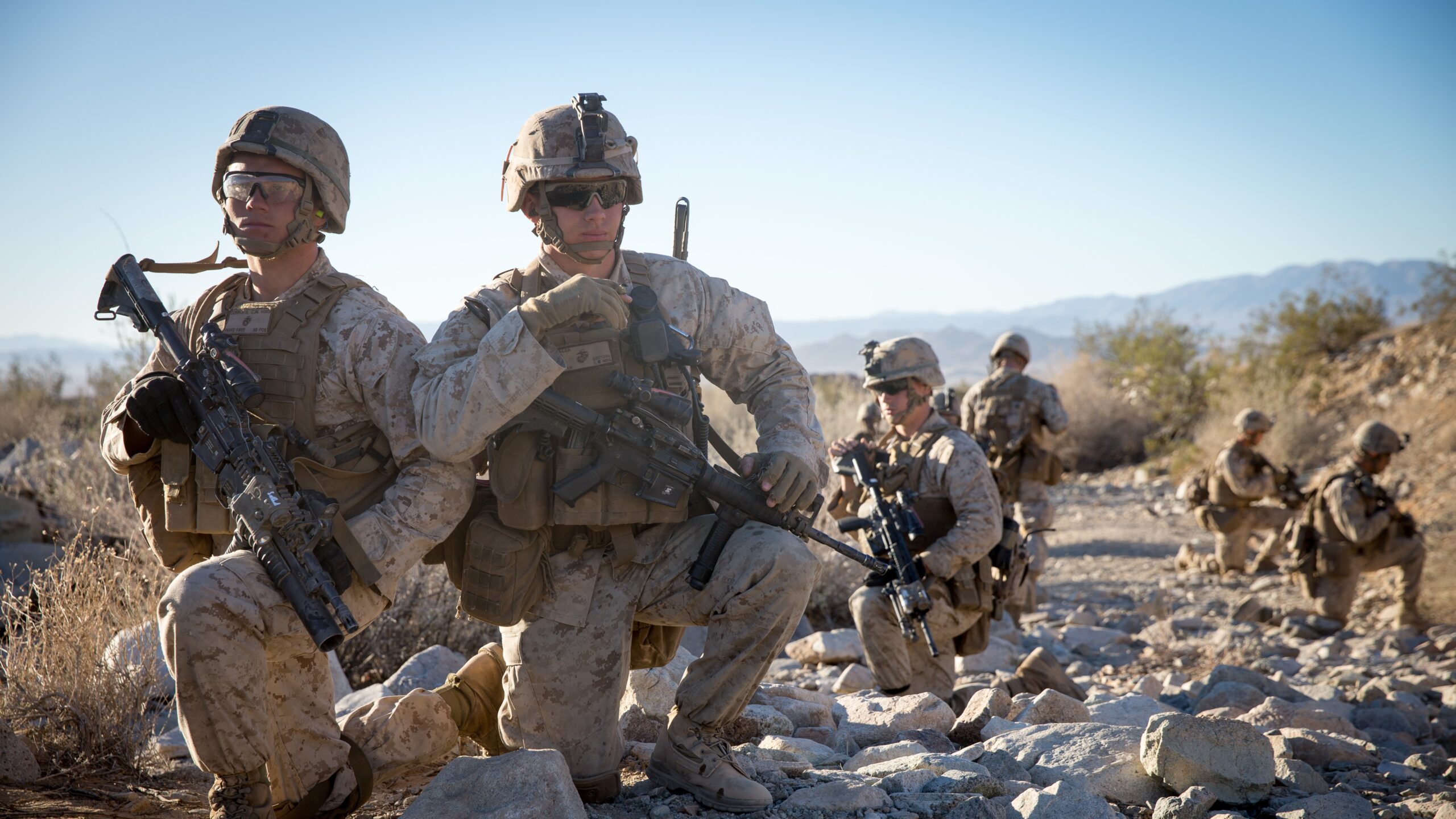Ashok Sharma
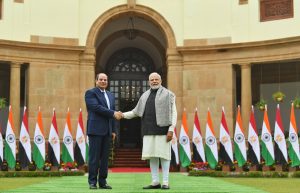 India and Egypt agreed Wednesday to boost trade between their countries during a visit by the Egyptian president that underscores Prime Minister Narendra Modi’s efforts to fortify ties with other emerging economies.
India and Egypt agreed Wednesday to boost trade between their countries during a visit by the Egyptian president that underscores Prime Minister Narendra Modi’s efforts to fortify ties with other emerging economies.Modi and President Abdel Fattah El-Sissi agreed on measures to increase two-way trade within five years to $12 billion. Trade totaled $7.3 billion in 2021-22. The two countries also signed agreements on expanding cooperation in cybersecurity, information technology, culture, and broadcasting.
Modi and El-Sissi expressed concern over disruptions to food supplies and other critical resources due to the war in Ukraine. Modi sought Egypt’s cooperation in fighting cross-border terrorism, extremism, and cyber threats.
Egypt’s economy has been strained by the pandemic and Russia’s war in Ukraine, which pushed prices for oil and other commodities to record highs. One of the world’s biggest importers of wheat, it obtained help from the World Bank last year to finance its grain purchases as supplies from Ukraine were disrupted.
Imports from India helped to bridge the gap. New Delhi banned most wheat exports, but made an exception for countries like Egypt facing severe shortfalls.
India is among the top five importers of Egyptian products, including crude oil and liquefied natural gas, salt, cotton, inorganic chemicals, and oilseeds. Major Indian exports to Egypt include cotton yarn, coffee, herbs, tobacco, lentils, vehicle parts, ships, boats, and electrical machinery.


